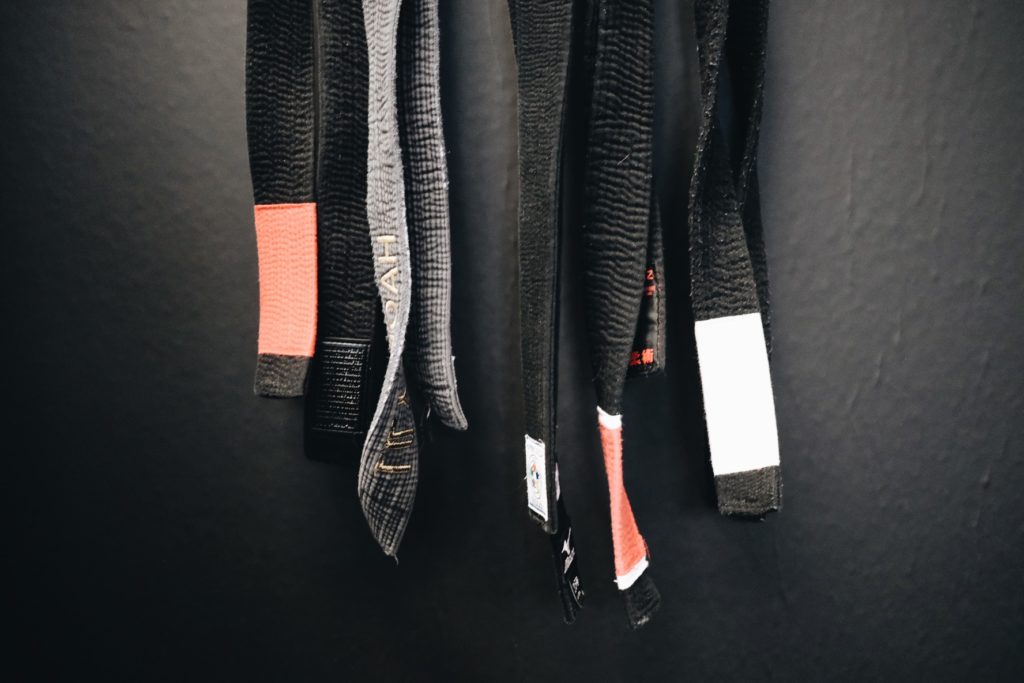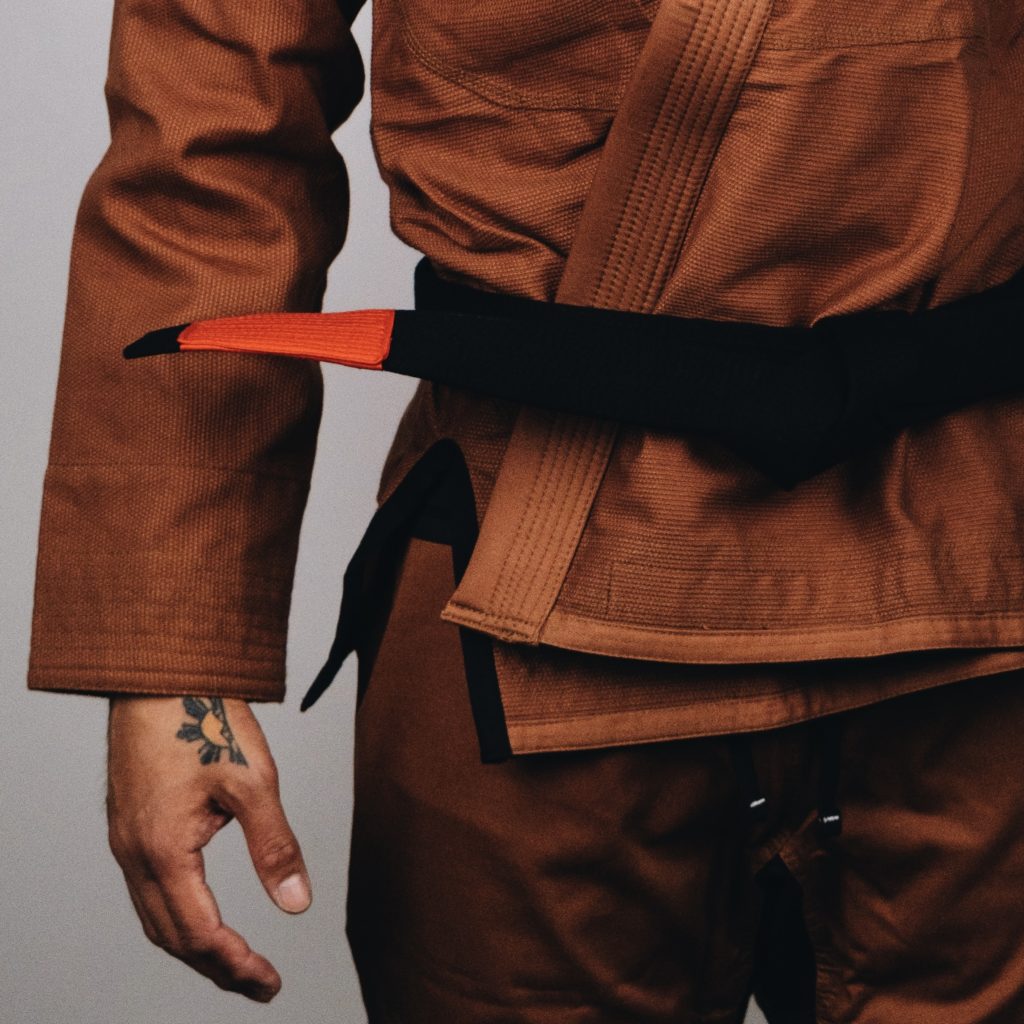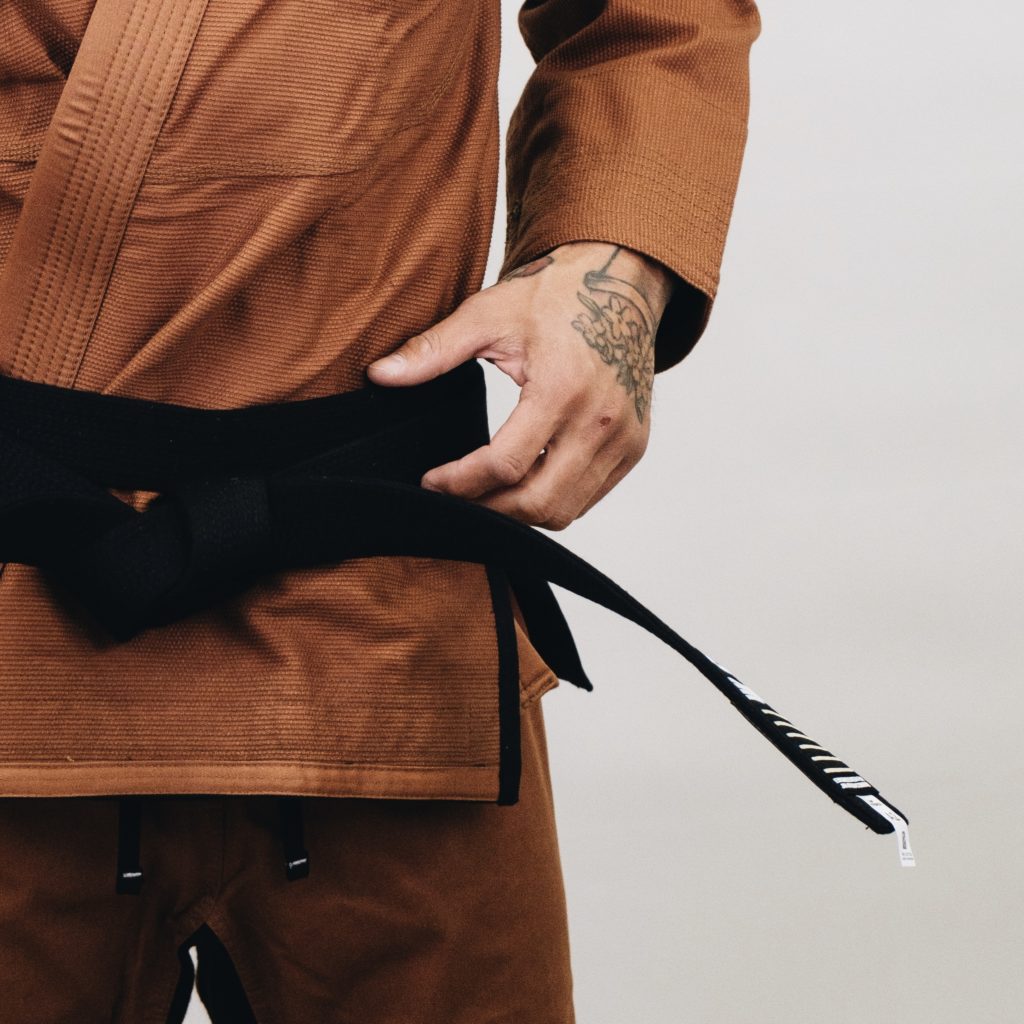Blog
Understanding BJJ Belts

Brief history on the origins of the Brazilian Jiu Jitsu Belt System.
One of my favorite quotes in BJJ was by Royce Gracie regarding the belt, “A black belt only covers two inches of your ass. You have to cover the rest.”. The BJJ belt has been the main way practitioners get recognized for their efforts on the mat. It signifies the time a practitioner has put in, as well as their skill level. It can also represents a practitioners ability to teach.
The belt system BJJ uses today was inspired and adopted from the belt system used by the founder of Judo, Jigoro Kano. When Jigoro Kano first decided to adopt belts in Judo, there were only 2 belts. The white belt and the black belt. Jigoro Kano was not only a Judoka. He was involved in many recreational sports as well as high school education. During Jigoro Kano’s time, advanced swimmers would wear a black ribbon around their waist to set them apart from the beginners. Jigoro Kano decided to adop this in Judo when he began the infamous Kodokan school. In the beginning the black belt did not necessarily mean mastery of the art. Back then it simply meant that a person had a sound understanding of the basics and fundamentals of Judo.
Carlos and Helio Gracie would later adopt a belt system in their system of Jiu Jitsu.
The colors of the belts however, were not the same as it is today. In the beginning of the Gracie Jiu Jitsu system, everyone wore a white belt. The only way to attain a different color belt was through an instructors course. Only those who learned to teach got promoted to other belt colors, which were a light blue belt, and finally a dark blue belt. These belts were only attained through the development of a practitioner’s ability to teach. Helio Gracie often mentioned that his favorite belt color was blue. The reason for that might have been, that was the belt he was used to wearing throughout his years of training.
With the birth of the Brazilian Jiu Jitsu Federation, a new belt system was introduced.
It wasn’t until then that a black belt in BJJ was worn. With the development of Sport Brazilian Jiu Jitsu a new system had to be adapted. This gave way to the modern BJJ belt system as we know it. New colors were introduced. Bars on the belts were used as a means to differentiate the BJJ belt from other martial arts belts.
What kind of Belts are out there now?
Every adult practitioner starts at white belt. From there they will work their way up to blue, purple, brown, and lastly black. The belt itself is mostly made of cotton, some belts have foam inside in order to keep the belts form throughout its use. Other belts are made only of cotton, and there are even belts that use the same fabrics as the BJJ gis. Almost every gi brand produces their own belts as well. The sizing follows that of the gis. Typically you will have belts size from A0 to A6. In competition belt size is regulated. There is a minimum length a competitor can wear, but no maximum length. Competitors often try to find the sweet spot where the belt is long enough to compete in, but isn’t too long so that their opponents can grip the belt easily.


What belt is best for you?
Ultimately all belts are pretty much the same and serve the same purpose. As long as you are wearing the right color then it doesn’t matter too much what belt you choose. It’s really all about preferences. The belts that I use in training and competition are the Hyperfly ProComp Belt, Rebelz Premium Instructor BJJ Belt, and the Rebelz Premium Competition Black Belt.
I hope this shed’s a little more light on the belt system of our martial art! As important as the belt is, do not lose sight of the journey and the learnings. It is easy to get fixated on the belt. As someone who has spent a really long time at some of the belts, my advice is to focus on the training and having fun. The belt is not an “if” rather a “when”. As long as you are putting time on the mat learning and improving, the belt is simply an inevitability.
Go train and have fun! OSSSSSSS!
-Andrew
